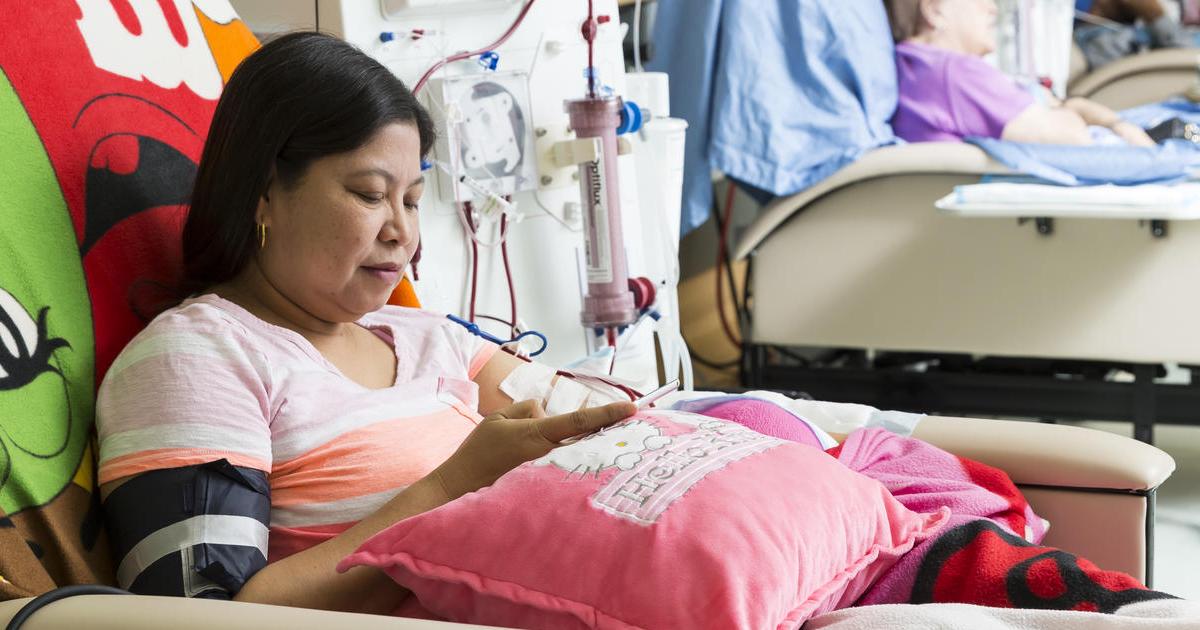Guide To Treating Glomerulonephritis
Glomerulonephritis is defined as a range of inflammatory conditions that affect the glomeruli or the tiny blood vessels inside of the kidneys, which are the organs responsible for filtering the blood of excess fluids and wastes. The glomeruli are the millions of tiny filters that allow the kidneys to perform this function. Individuals with glomerulonephritis have kidneys that cannot remove excess fluids and wastes efficiently because the glomeruli have become damaged. In addition, the blood of a glomerulonephritis patient will be lacking in protein. This happens because this condition causes proteins to be expelled in the urine rather than entering the bloodstream. Often, an infectious disease such as tuberculosis will result in glomerulonephritis. Viral infections, long term use of certain medications, sickle cell disease, HIV, and other systemic diseases can also bring about glomerulonephritis. Treatment of this type of condition will be based on the underlying cause and the severity of symptoms.
Get to know the most common options for treating glomerulonephritis now.
Kidney Dialysis

In particularly severe cases of glomerulonephritis, a patient may develop acute kidney failure, which occurs when the kidneys suddenly stop functioning. Because glomerulonephritis is inflammation of the tiny filters in the kidneys, it can cause them to temporarily stop working. In addition, when glomerulonephritis is left untreated over a long period, the patient can develop chronic kidney disease. In both cases, kidney dialysis will be needed to take over the duty of the kidneys until they can function properly again. Hemodialysis is the type of dialysis most commonly used in patients who have glomerulonephritis. When an individual undergoes hemodialysis for this condition, a catheter is inserted into a vein in the groin or neck. A pump in the dialysis machine draws out the patient's blood and filters out extra wastes, fluid, and salt. The filtered blood is then sent back to the patient's body. It takes around three to five hours for the machine to filter all the blood, and this process is done three times a week. If the acute kidney failure and glomerulonephritis improves, the patient may be able to come off of dialysis at some point.
Uncover more treatments for glomerulonephritis now.